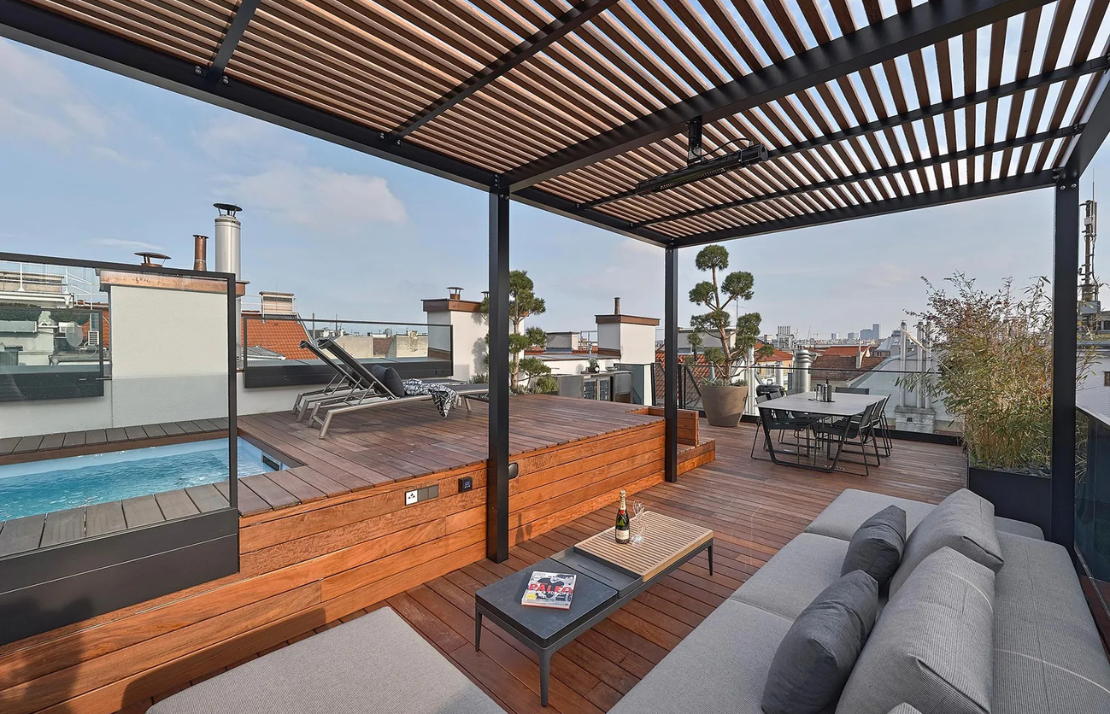
All Types of Civil Work
Civil work encompasses various construction activities required for building infrastructure. It includes tasks like site preparation, foundation work, structural construction, and the installation of utilities. Some common civil work categories are excavation, concreting, brickwork, plastering, and finishing work. Civil engineers oversee these processes to ensure safety, quality, and compliance with design specifications. Additionally, civil work also involves road construction, drainage systems, and the development of other public or private facilities.
Enquire Now
Electrical Work
Electrical work involves the installation, maintenance, and repair of electrical systems in buildings and infrastructure. This includes wiring, lighting, power distribution, and electrical panel setups. Electricians handle tasks such as connecting circuits, grounding, and ensuring compliance with safety standards. Electrical work also covers the installation of systems for communication, heating, and ventilation. Proper planning, testing, and inspection are essential to ensure efficient and safe electrical systems in any construction or renovation project.
Enquire Now
Plumbing
Plumbing work involves the installation and maintenance of water supply and drainage systems. It includes tasks like laying pipes, fitting fixtures such as sinks, faucets, and toilets, and ensuring proper water flow and waste removal. Plumbers also handle the installation of heating systems and appliances like water heaters. Regular maintenance, leak detection, and repair of existing systems are also key components of plumbing work. Ensuring compliance with building codes and safety regulations is essential for the effective functioning of plumbing systems.
Enquire Now
Fabrications
Fabrication work involves the process of designing, cutting, welding, and assembling metal components to create structures or parts for construction, machinery, and various other applications. This includes tasks like manufacturing steel beams, frames, and custom metal works. Fabricators work with materials such as steel, aluminum, and stainless steel, ensuring precise measurements and strong, durable connections. The work often requires specialized tools and techniques, including welding, machining, and finishing, to meet both aesthetic and functional requirements.
Enquire Now
Flooring
Flooring work involves the installation of various types of flooring materials such as tiles, wood, vinyl, carpet, and concrete. It includes tasks like surface preparation, leveling, cutting, and fitting materials to ensure a smooth and durable finish. Flooring professionals also handle the sealing and finishing of floors to enhance their appearance and longevity. Whether it's for residential, commercial, or industrial spaces, the right flooring choice is essential for both functionality and aesthetic appeal. Proper installation ensures comfort, safety, and durability over time.
Enquire Now
Painting
Painting work involves applying decorative or protective coatings to surfaces such as walls, ceilings, doors, and exterior structures. It includes tasks like surface preparation, priming, and applying layers of paint using brushes, rollers, or spray equipment. Painters ensure a smooth, even finish while selecting appropriate paints for durability and weather resistance. Additionally, painting may involve techniques like staining, varnishing, or textured finishes to enhance the appearance of a space. Proper painting adds aesthetic value, protects surfaces from damage, and maintains the structural integrity of buildings.
Enquire Now
Waterproofing
Waterproofing work involves applying protective materials to surfaces to prevent water from penetrating and causing damage. It includes sealing foundations, roofs, walls, and floors to protect against leaks, mold, and structural deterioration. Waterproofing methods can include liquid membranes, sealants, and coatings, as well as the installation of drainage systems. This work is crucial for areas exposed to moisture, such as basements, bathrooms, and outdoor structures. Effective waterproofing ensures the longevity of buildings, protecting them from water-related damage.
Enquire Now
Storage Sumps & Overhead Tanks
Storage sumps and overhead tanks are essential components in water supply systems. Storage sumps involve constructing underground tanks to store water, typically for domestic, industrial, or irrigation use. These sumps are designed to collect and store water from various sources, ensuring a reliable supply. Overhead tanks are elevated tanks used to store and distribute water to buildings, ensuring consistent water pressure. Both systems require proper installation, maintenance, and waterproofing to prevent leaks and ensure the effective storage and distribution of water.
Enquire Now
Terrace Roofing
Terrace roofing involves the construction and installation of waterproof, durable roofs on flat or sloped terraces to protect the building from weather elements. This work includes laying materials like concrete, membranes, tiles, or bitumen to create a strong, weather-resistant barrier. Proper drainage systems are integrated to prevent water accumulation and leaks. Terrace roofing also requires adequate insulation to regulate temperature and ensure comfort. Regularly maintain terrace roofs to prevent damage from wear, water seepage, or environmental factors.
Enquire Now